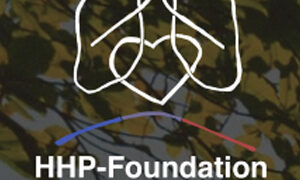Breathe Initiative Resources

Breathe Initiative Trends for 2025
Breathe Initiative 2025 Trends Exploring the Future of Breath as Wellness As the world seeks antidotes to stress, digital overwhelm, and disconnection, the power of mindful breathing is gaining mainstream momentum. The Breathe Initiative is identifying key 2025 Trends that ... Read More

Embodied Breathing Habits Article by Peter Litchfield, Ph.D. and Sandra Reamer
Embodied Breathing Habits Article by Peter Litchfield, Ph.D. and Sandra Reamer published in the Journal of Holistic Healthcare and Integrative Medicine. Peter Litchfield says, "People everywhere use breathing techniques for meeting personal and professional objectives but are rarely informed as ... Read More

New Study on Benefits of Slow Breathing for Relief of Stress & Anxiety
New Study on Benefits of Slow Breathing for Relief of Stress & Anxiety One of our GWI Breathe Initiative members, Tanya Bentley, PhD., CEO Health & Human Performance Foundation, led a comprehensive new study about the benefits of slow breathing ... Read More

Breathe Initiative Trends
Breathe Initiative Breathwork and breathing is a top trend found in almost every aspect of wellness, from mental health to the workplace. The Global Wellness Institute’s Breathe Initiative compiled these top trends for 2023. They spotlight how specific aspects of ... Read More

New Stanford Study Released on How Brief Breath Practice Can Enhance Mood
How Brief Breath Practice Can Enhance Mood New Stanford Study Released On behalf of the GWI Breathe Initiative, we're posting up-to-the-minute studies and articles to share the power of Breath for overall well-being at the moment as well as the ... Read More

TEDx: “How You Breathe Is How You Are” Sandy Abrams, Breathe Initiative Co-Chair
"How You Breathe Is How You Are" TEDx - Sandy Abrams, Breathe Initiative Co-Chair Congratulations to GWI Breathe Initiative Co-Chair Sandy Abrams for getting rave reviews on her new TEDx talk In early 2021, the Global Wellness Summit identified "Just ... Read More























































